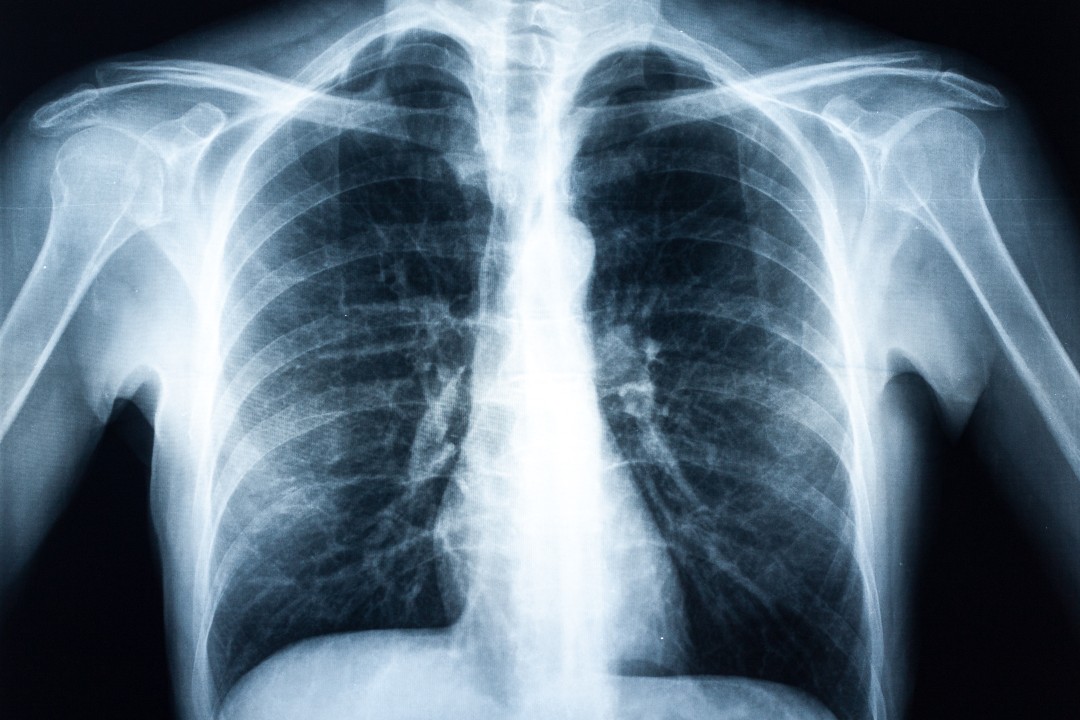Rib injury
The ribs along with the breastbone (sternum) forms the ribcage. There are 12 pairs of ribs joining the backbone (vertebrae) at the back and sternum directly (upper 7 ribs) or indirectly (8 to 10th) or to abdominal muscle (floating ribs, 11 and 12th)
How is a fracture caused?
Fractures to the ribs are common after a direct blow to the chest or following a fall. Ribs 7, 8, 9 and 10 are most vulnerable to fracture (breaking). Severe bruising of the rib cage can mimic rib fractures in pain and intensity.
What are the symptoms?
Following the injury, depending on the severity of the injury it can cause immediate pain, swelling and bruising over the area injured and difficulty breathing. The chest typically hurts more when you take a deep breath in or with certain movements especially twisting. Coughing, sneezing or laughing also hurts more. If the rib is broken, you may feel or hear a ‘cracking’ sensation particularly on twisting.
How is it diagnosed?
Having discussed how your rib/s were injured and having carefully examined your chest, the specialist’s diagnosis is usually backed up by an ultrasound, in some cases, a CT scan to show the extent of the damage.
How is it treated?
Non-operative treatment: Rest along with restrictions of some forms of physical activity is likely to be recommended for several weeks and is often enough for it to heal, along with taking anti-inflammatory medication if recommended by your doctor. You may also be advised to follow a gentle exercise programme to gradually restore muscle strength.
Surgery: if the bones have moved out of place (become displaced), or fail to heal properly you may need to have surgery to realign them and hold them in place with screws and plates. Recent evidence has shown that, in some cases, surgery to fix the ribs results in more rapid healing and better movement.
How long does it take to recover?
Recovery will depend on the type of injury and treatment you’ve had. Your specialist will be able to advise you on when you can expect to return to everyday activities – this is normally within three months.
Important: This information is only a guideline to help you understand your treatment and what to expect. Everyone is different and your rehabilitation may be quicker or slower than other people’s. Please contact us for advice if you’re worried about any aspect of your health or recovery.


